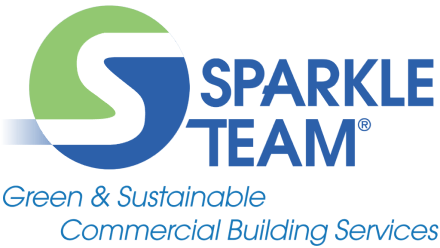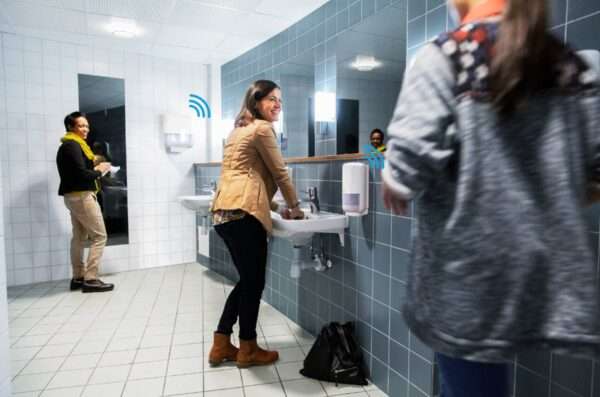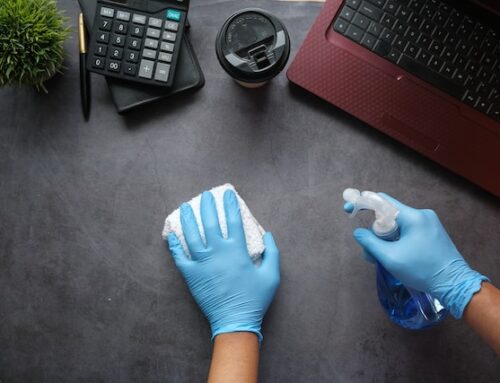How the “Internet of Things” Transforms Commercial Cleaning
3 ways data technology is change the future of green cleaning
From your Netflix-streaming TV to your phone-controlled thermostat, the “Internet of Things” (IoT) has already become a part of your home. But can that same connectivity help streamline commercial cleaning? Thanks to new technologies and innovative applications from cleaning service providers, data collection from your facility may offer exciting new ways to boost cost efficiency and sustainability. Check out how interconnected cleaning could transform property management in the future.
Data tracking can fine tune cleaning schedules
Most commercial cleaning programs run on routine schedules. But an interconnected facility can streamline this process. This allows cleaning providers to adjust their program according to actual need. For example, smart restrooms with sensors installed in soap dispensers and toilets can track use more accurately. Sensors can also track a building’s occupancy levels and help identify high traffic areas. This helps cleaners prioritize areas with the most urgent needs. This helps both clients and cleaning providers create a data-based schedule designed specifically for their facility’s needs.
Internet of Things supports sustainability initiatives
How efficient is your property? How successful are your office’s sustainability initiatives? Data can solve these dilemmas, in addition to pinpointing opportunities for “green” alternatives. Data-collecting dispensers calculate product use (and cost) exactly, so you can measure the potential benefits of green updates, such as foam soaps and hand-dryers. Recycling receptacles track the program’s success in real time. Sensors also update cleaning contractors in real time on needed repairs – meaning no more waiting for someone to discover a leaky toilet before the whole bathroom gets flooded.
Smart Tech helps maintain valuable equipment
Training cleaning employees on new equipment can be a tricky task. But more manufacturers now install complimentary data collection capacities in their products. These sensors track how long employees use the equipment, whether they used it correctly, and when the equipment needs repair. This allows providers to train operators accurately, as well as track equipment maintenance, guaranteeing clients the most effective service.





